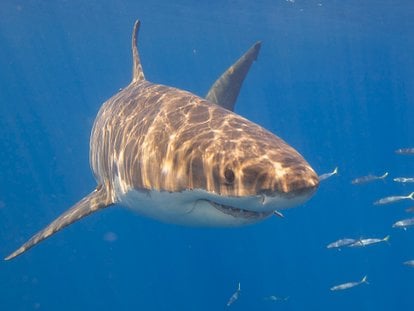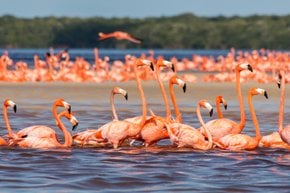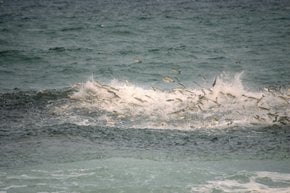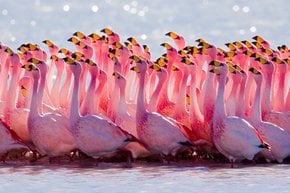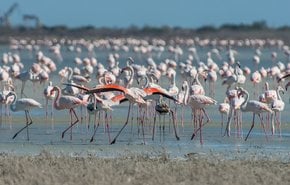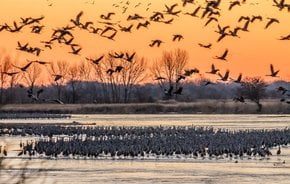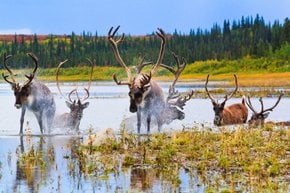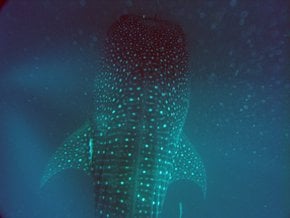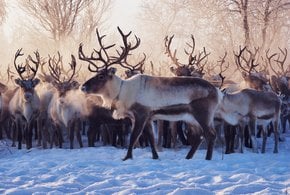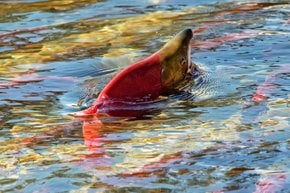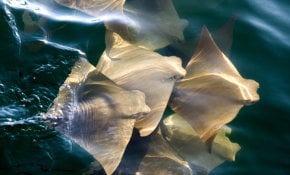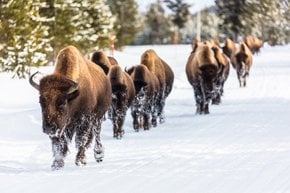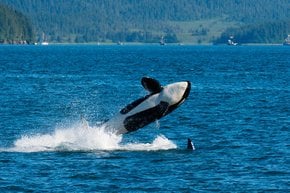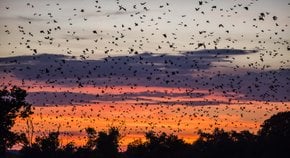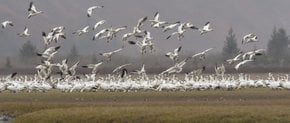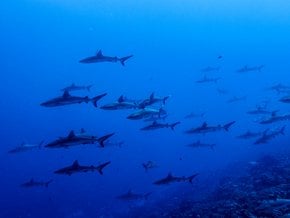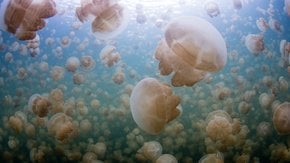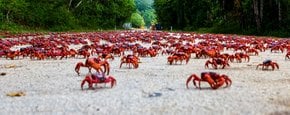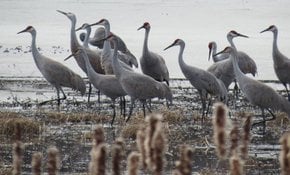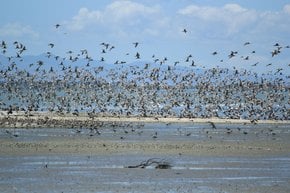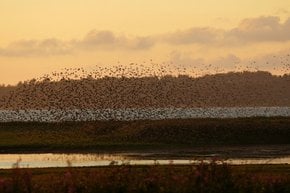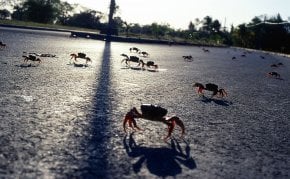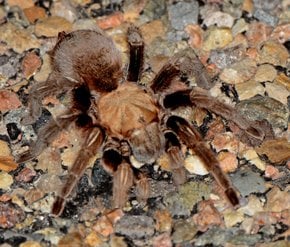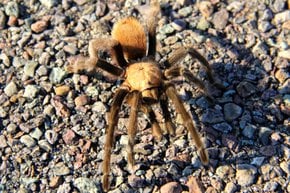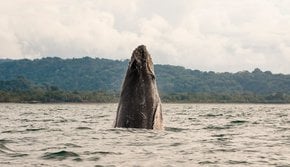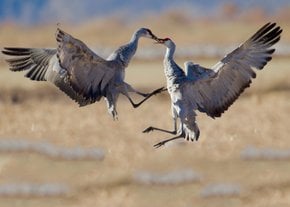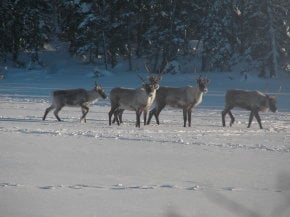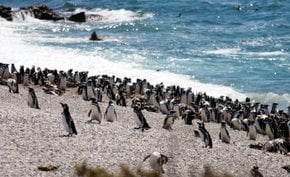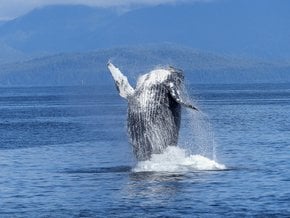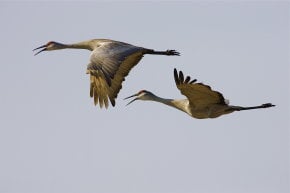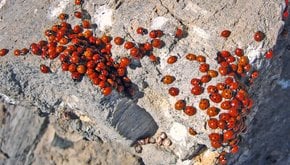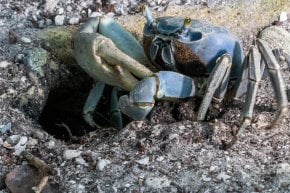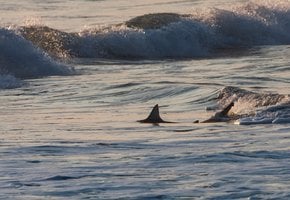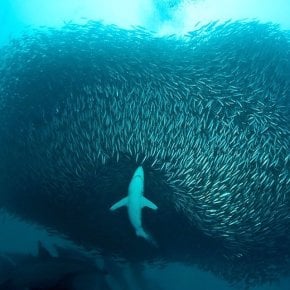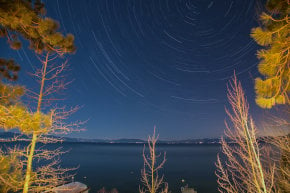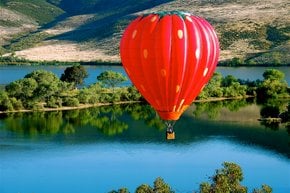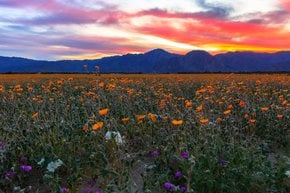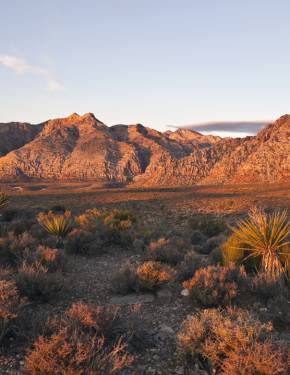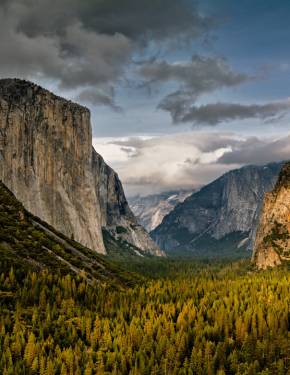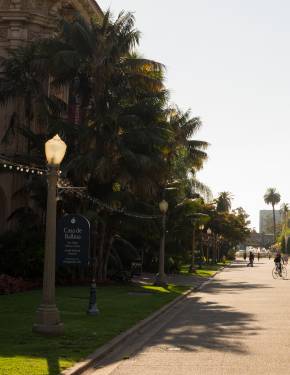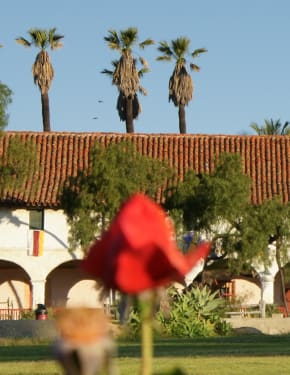Grandi squali bianchi a California 2026
Mentre le acque oceaniche si riscaldano, gli squali bianchi iniziano la loro migrazione annuale tra il Messico e la California meridionale
Miglior periodo: Agosto-settembre
Nella storia della California, ci sono state solo nove vittime causate da grandi squali bianchi. Questa statistica mostra che gli attacchi di squali sono estremamente rari. Tuttavia, gli squali bianchi sono le uniche specie che si possono incontrare nelle acque della California che rappresentano un pericolo per gli umani, quindi è importante essere consapevoli
Great white sharks can live up to 70 years, with males reaching sexual maturity around 9-10 years and females at 14-16 years. Females give birth to litters of two to fourteen pups, each about 4-5 feet long at birth. Young sharks, known as juveniles, typically inhabit warmer, shallow waters close to shore, which serve as their nursery grounds.
Gli squali bianchi sono più abbondanti nelle acque lungo la costa occidentale della penisola di Baja California in Messico. Gli scienziati stimano la loro popolazione a circa 300. Quando l'oceano si riscalda vicino agli Stati Uniti. Costiera californiana, gli squali migrano spesso a nord lungo la costa. I loro picchi sono registrati in California in agosto e settembre, ma gli squali possono essere individuati anche durante il resto dell'anno.
Gli squali bianchi sono più spesso visti vicino alle isole del Canale, a Point Conception così come vicino alle spiagge di Santa Barbara, Santa Monica Bay, Long Beach, Huntington Beach, e vicino a San Clemente. A nord, si presentano vicino alle Isole Farallon, all'Isola Año Nuevo e alla Punta Tomales.
Spesso gli squali bianchi sono temuti a causa delle loro dimensioni impressionanti. Le specie adulte pesano tra 4.000 e 5.000 lb (1-3 t). Si nutrono di pesci e mammiferi marini. I giovani elefanti foche sono la loro preda principale in California. Si crede che i grandi squali bianchi vivano fino a 70 anni.
California's "Red Triangle" is notorious for its high incidence of shark attacks. Over one-third of all great white shark attacks in the United States occur in this region. The region's moniker, the "Red Triangle," reflects its dangerous reputation, covering roughly 200 miles of coastline. It begins around Bodega Bay, extends southward to about 50 miles west of San Francisco, and concludes in the Big Sur region.
However, it's not the beachgoers and surfers that attract these formidable predators. Instead, the Red Triangle is teeming with marine mammals such as elephant seals, harbor seals, sea lions, and sea otters, which are the preferred prey for great whites. As apex predators, great white sharks play a critical role in the marine ecosystem by maintaining the balance of species below them in the food chain. They primarily feed on marine mammals, as well as fish and seabirds. Their hunting strategy involves powerful, stealthy ambush attacks, using their keen sense of smell and ability to detect electromagnetic fields to locate prey.
Despite their preference for marine mammals, great whites occasionally come into contact with humans. Contrary to the popular myth that great whites mistake surfers for seals due to poor eyesight, these sharks actually have excellent vision. Their interactions with humans are often the result of their curious nature, leading them to "taste test" unfamiliar objects, including people. Globally, great white sharks are responsible for more human attacks than any other shark species. Nonetheless, it's important to remember that shark attacks remain rare, and the overall risk to beachgoers is still minimal. Since record-keeping began, there have been only 16 fatal shark attacks in California.
For those interested in observing Great White Sharks, guided tours are available at various locations along the California coast. Participants might spot both juveniles and adults up to 20 feet long, and along the way, may also encounter humpback whales and dolphins. Polarized sunglasses are recommended for spotting these magnificent creatures, as dark shadows and dorsal tips breaking the water's surface are key indicators.
A thrilling cage diving adventure provides participants with the chance to get into the water with great white sharks or observe their predatory behavior from the deck. No dive experience is necessary, with certified instructors guiding divers through everything they need to know. Whether diving or serving as a lookout for shark activity, participants play a crucial role in this adventure.
Most Great White Shark viewing locations are easily accessible from major Californian cities. For example, the Channel Islands can be reached via boat tours departing from Ventura or Oxnard, both of which are roughly an hour's drive from Los Angeles. Santa Barbara beaches and Point Conception are also within a short drive from urban centers, making them convenient for day trips. For those visiting Año Nuevo Island or Tomales Point, the nearest major city is San Francisco, about a 90-minute drive away. These areas are well-equipped with visitor facilities, including restrooms, picnic areas, and informational signage.

